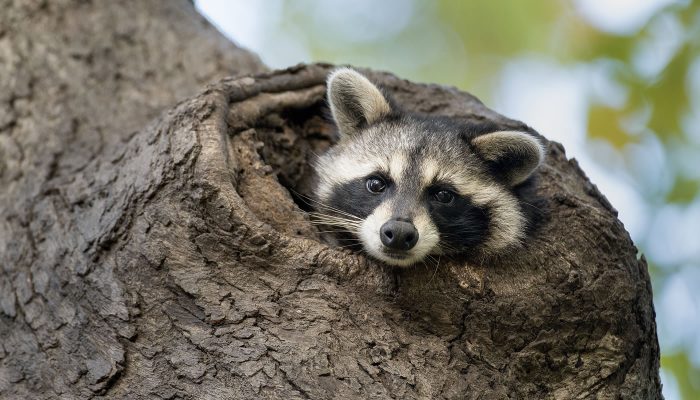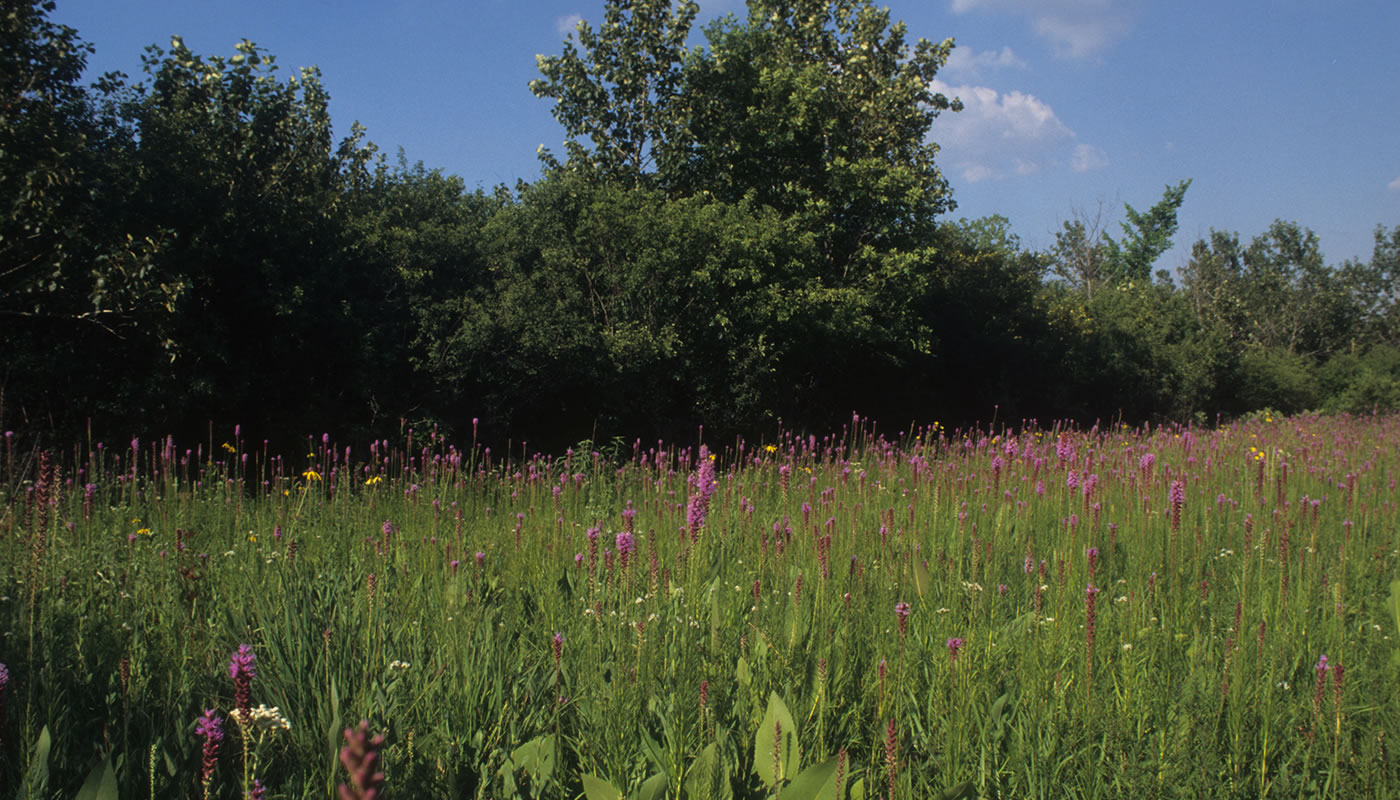Walkers and cyclists know Miami Woods for its winding stretch of the North Branch Trail. Visitors who slow down can enjoy the restored woods and prairie, a stunning wildflower display and exceptional birding.
On this page:
Location & Things to Do
Miami Woods
Entrance
Things to Do & Amenities
Picnic Groves
- Grove #1
(with shelter)- Capacity: 200 people
Hours
Year-round: Sunrise to SunsetClosures & Alerts
Trails
North Branch Trail System
The North Branch Trail System offers paved and unpaved trails along approximately 20 miles of the North Branch of the Chicago River, making it a premier biking route in the northern suburbs.
Location: Chicago, Glenview, Morton Grove, Niles, Northbrook, Northfield, Skokie & Winnetka
Surface
Paved & UnpavedEstimated Total Length
36.7 milesHours
Year-round: Sunrise to SunsetClosures & Alerts

Nature Notes
The Chicago River winds and bends haphazardly along the floodplain, riffling in stretches beneath small bluffs topped by bur, white and Hill’s oak. Birds such as field and savannah sparrows, common yellowthroats, eastern kingbirds and many species of migratory warblers find food and rest by the water and in the prairie above. Great St. John’s wort, bergamot, rattlesnake-master, coneflowers, and blazing stars delight visitors with bursts of color during summer and fall.
Restoring Miami Woods
Restoration work in the prairies along the North Branch of the Chicago River began in the late 1970s. At that time, volunteers found more than 160 native plant species and supplemented them with seed gathered from nearby prairie remnants. Now, visitors to Miami Woods have decades of volunteer efforts and seed from those remnants to thank for the beautiful wildflower displays. Learn more here:
Volunteer Opportunities
Miami Woods and Prairie contain important remnants of the original grasslands and woodlands that formed the natural heritage of the greater Chicago area. From the bike path you can see and enjoy nature in the river, woodlands and the Miami Prairie. Join North Branch Restoration Project volunteers as they remove buckthorn and other weedy species, protecting the native woodland and prairie ecosystems.

